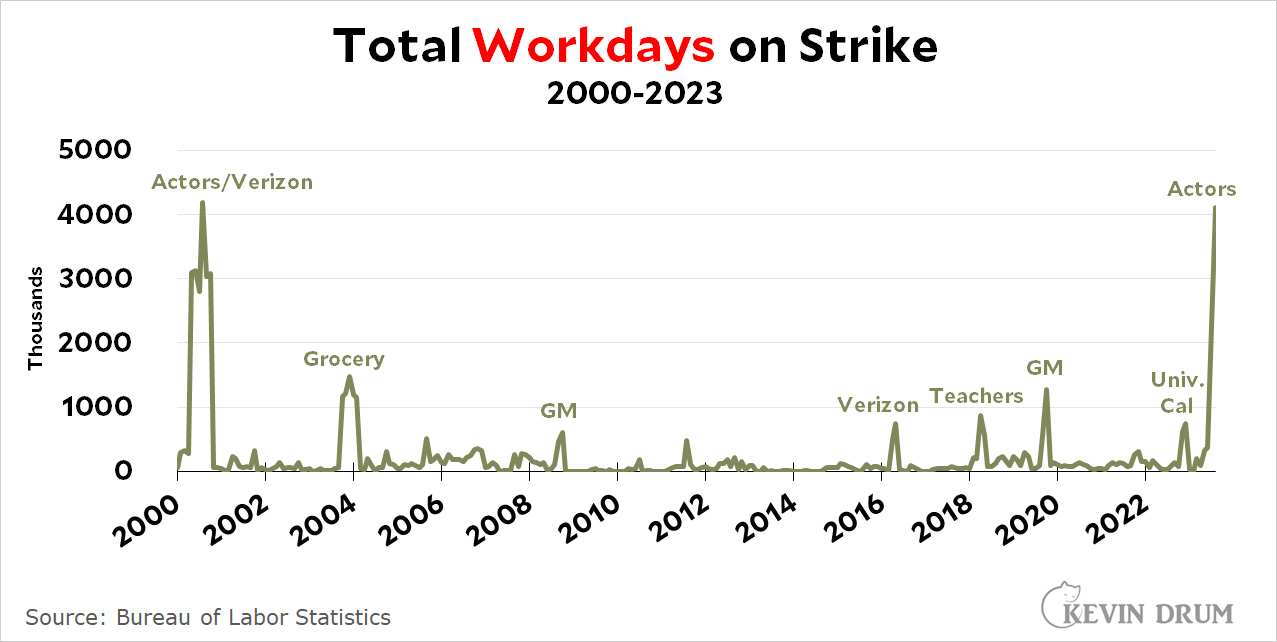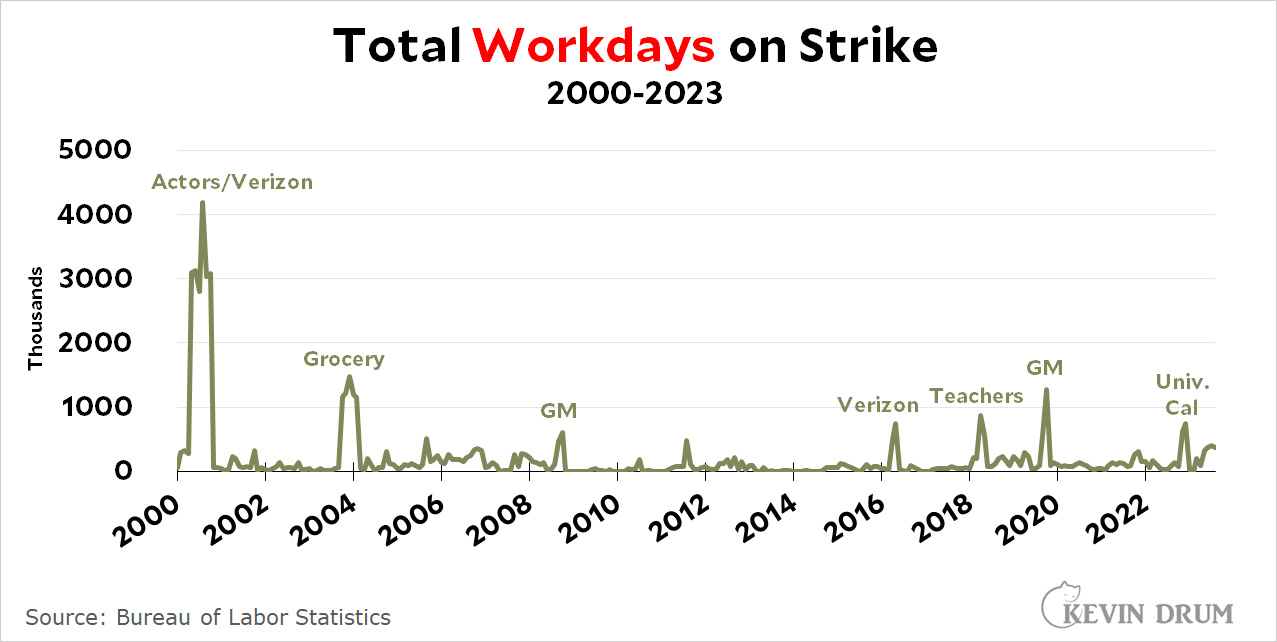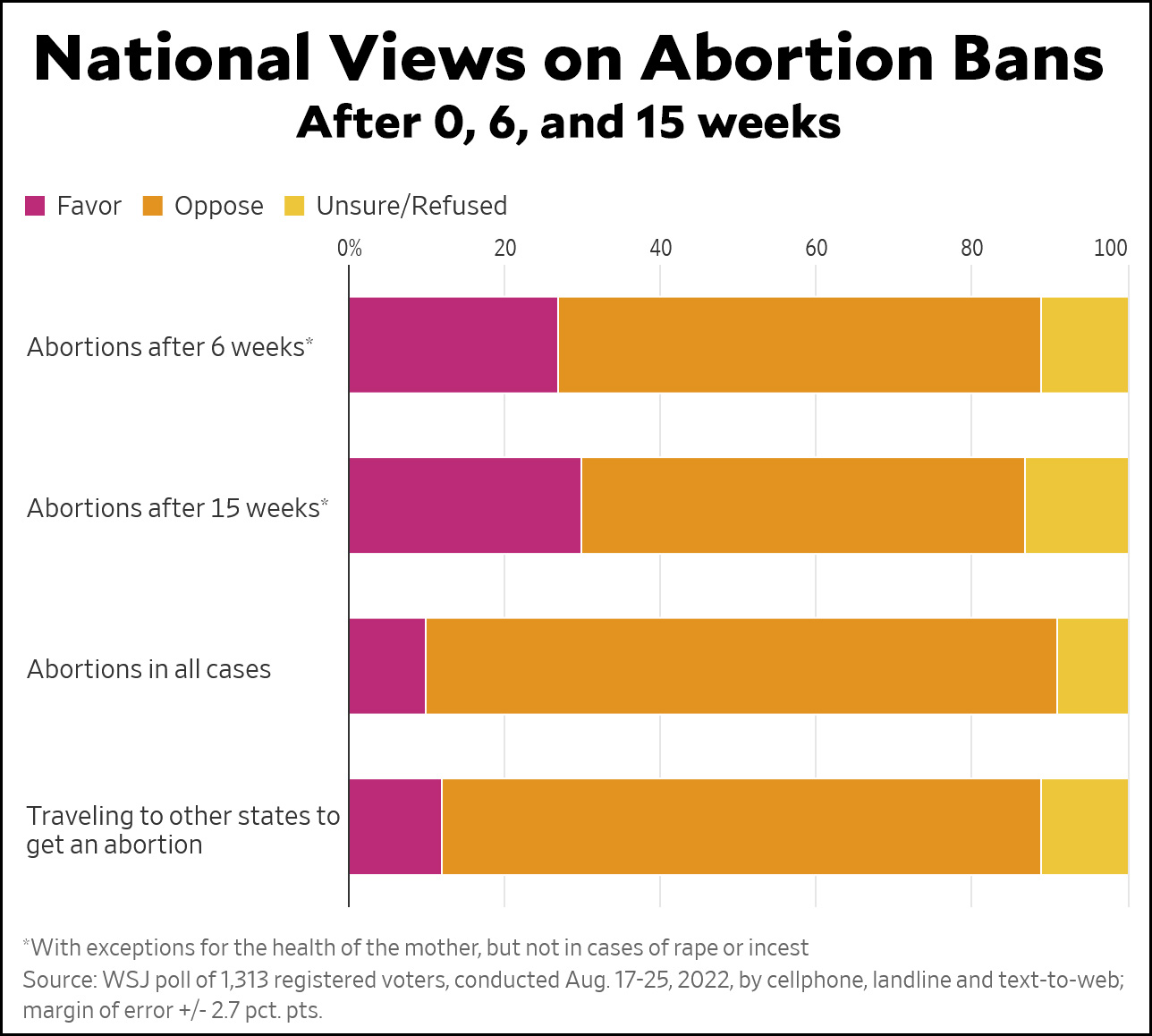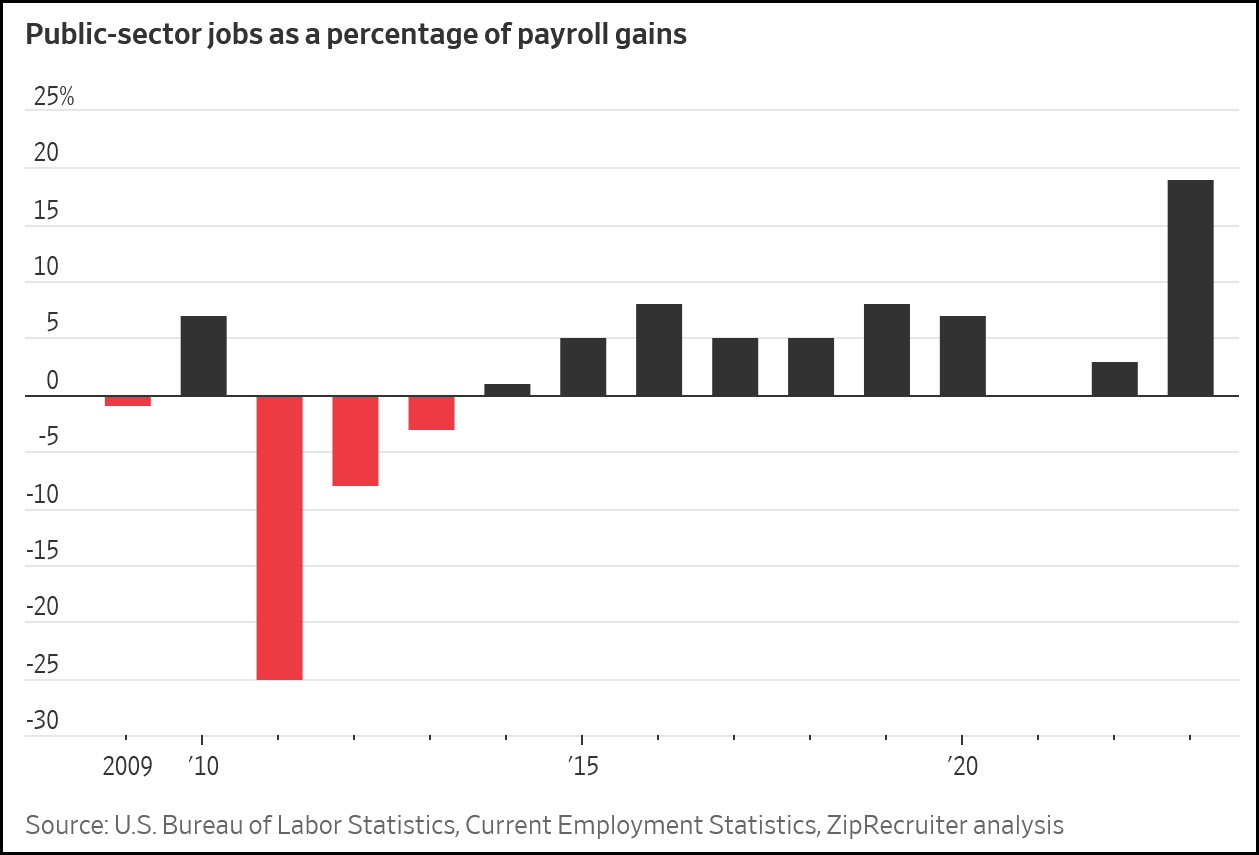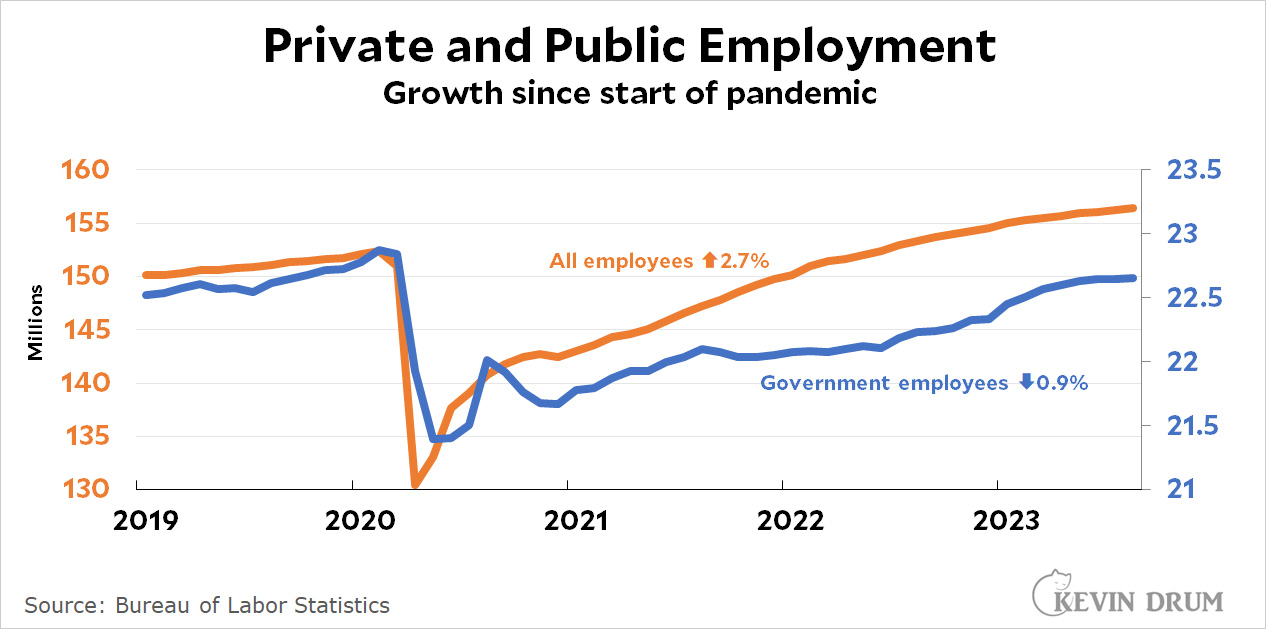The LA Times writes today about California's declining population:
In the last few years, it ground to halt and then dropped — and all the while developers continued to build. Given the laws of supply and demand, one might think fewer people and more homes would equal lower prices. But California housing costs remain stubbornly high and have barely fallen — if at all.
So why have housing prices stayed so stubbornly high? In fact, getting higher even though California's ratio of housing supply to population has gone up every year since 2016:
 This explains why California home prices are high: California's housing ratio may be up, but we would still need 2.2 million more housing units to catch up with the national rate. This hasn't changed since 2010.
This explains why California home prices are high: California's housing ratio may be up, but we would still need 2.2 million more housing units to catch up with the national rate. This hasn't changed since 2010.
But it doesn't explain why housing prices are increasing. After all, housing supply relative to population has gone up since 2016, both in California and nationally, and yet even after adjusting for inflation asking rents are 20% higher and home prices are 30% higher nationwide—and probably up about the same in California. It is indeed a bit of a mystery.
POSTSCRIPT: The Times suggests that California's population of millennials is shooting up, and since this is the prime age group for entering the rental market and buying a starter home, it's driven prices up. But it ain't so. The 20-34 age group has increased about 3% since 2010 and the 35-49 age group has stayed exactly the same. This compares to overall population growth of 5%. California is aging, not producing a bulge of millennials.
I know that these just-so stories about population are easy to believe, but I sure wish reporters would do a smidgen of basic research before passing them along uncritically.


